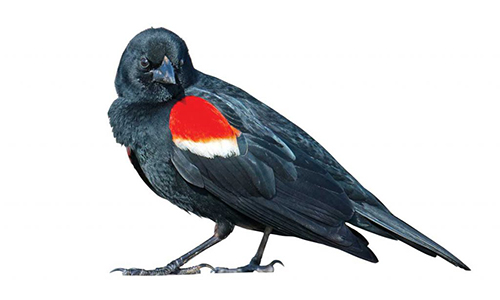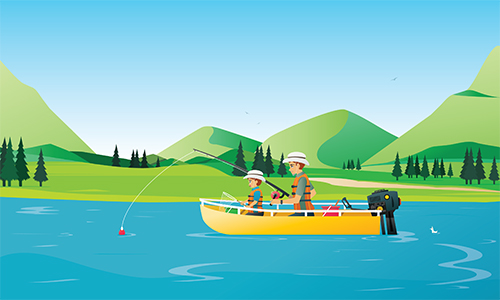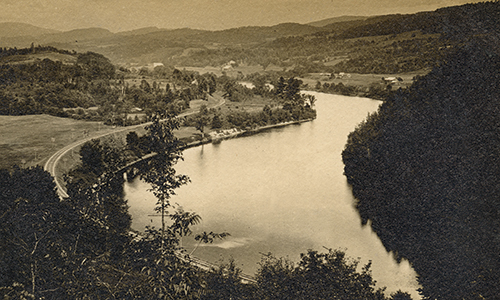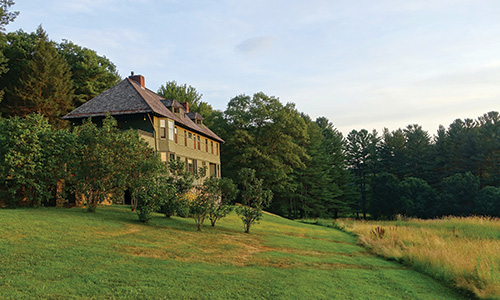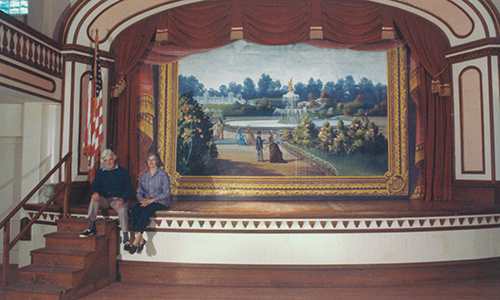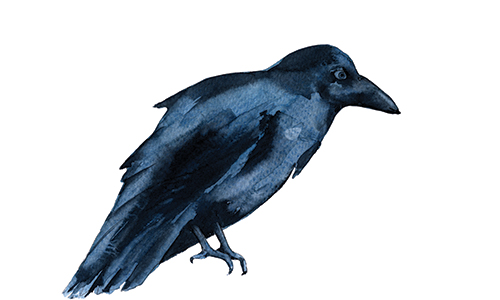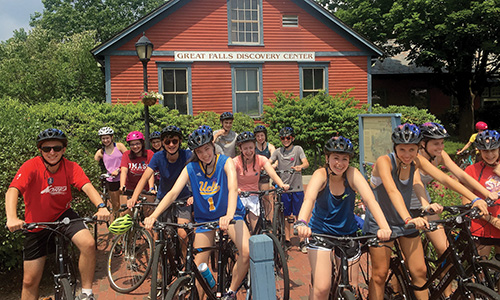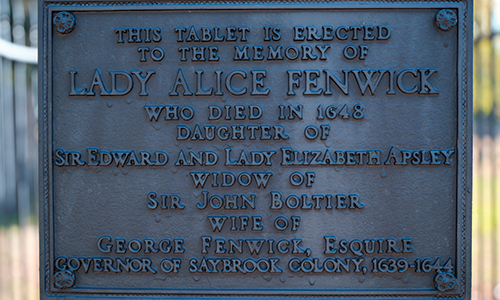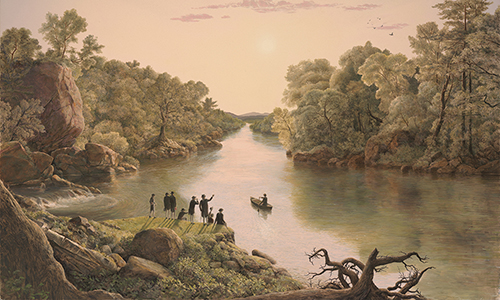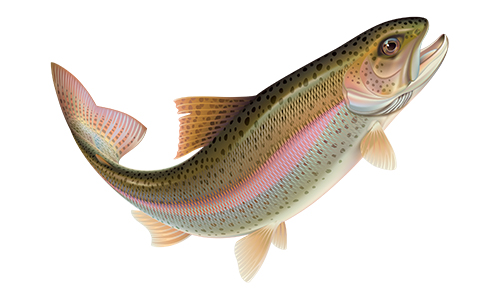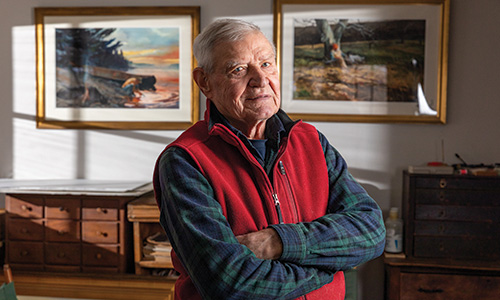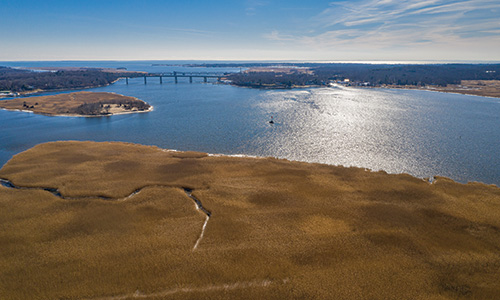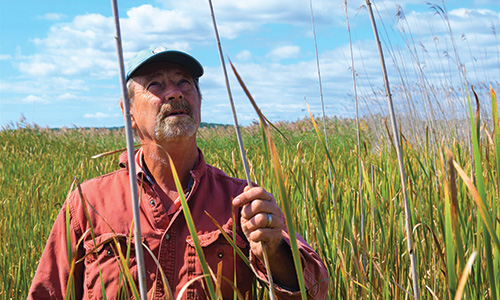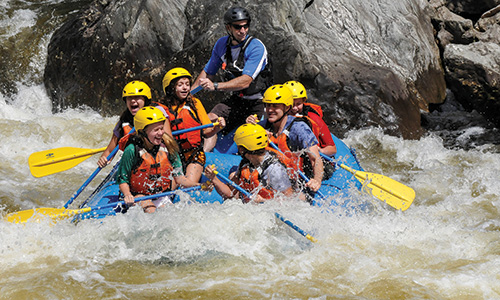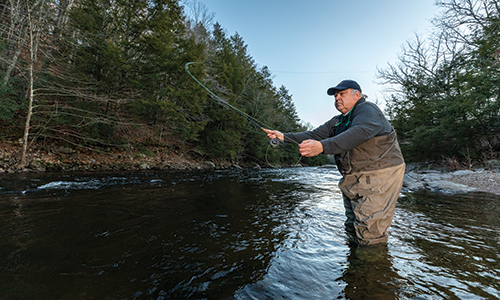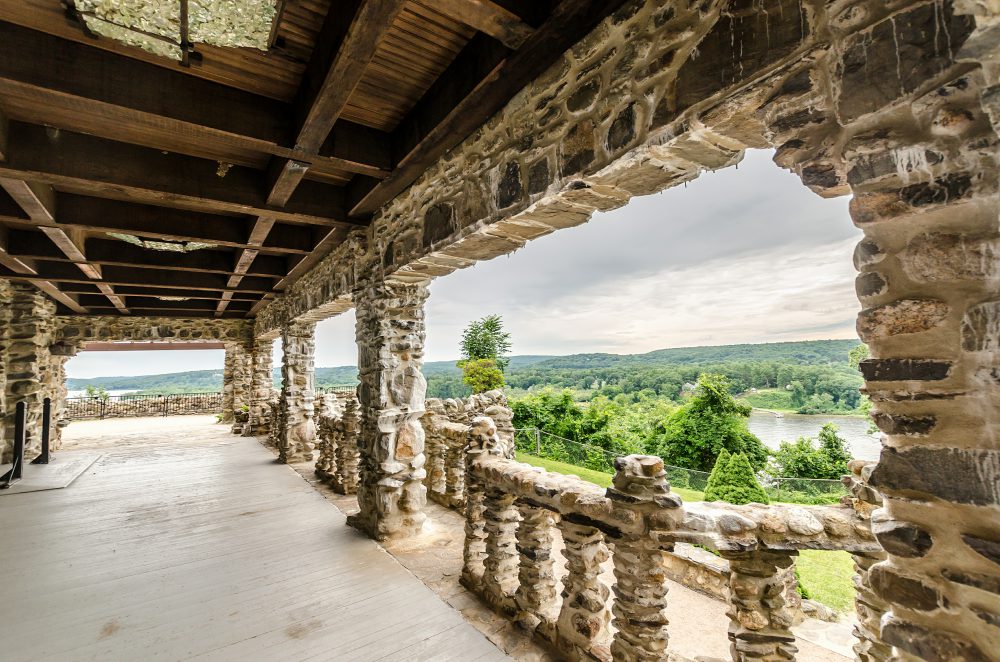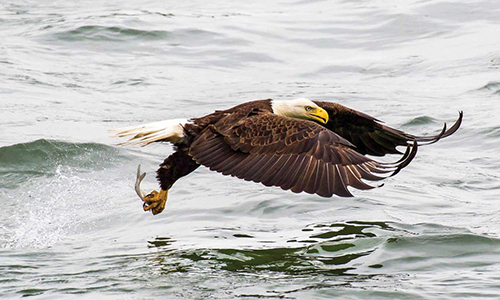A recent study by Cornell University found that there are nearly 30 percent fewer birds in North America than there were in 1970
A Rude Awakening and Call to Action
This fall, scientists at the Cornell Lab of Ornithology spearheaded a sobering report, “Decline of the North American Avifauna,” Science, DOI: 10.1126/science.aaw1313 (2019), that forces us to moderate our pride in environmental regulations at home.
Take Me Fishing!
Can you take me fishing?” If you are a parent who fishes, that request from your child may prompt the proverbial happy dance. Most anglers pray that their kids will follow in their waders. However, if you can’t tell an improved clinch knot from a Windsor, or a yellow perch from a bullhead, you probably would rather be asked where babies originate.
Verse
A Kipling classic.
Who Owns the Connecticut River?
Our Connecticut River has a storied past—especially the struggles between contenders for who owned the River. As one of our most discernible landmarks flowing down the center spine of New England, the River was referenced as a boundary of the various states beginning as early as 1644 with kerfuffles lasting nearly 300 years.
Naulakha
Just a mile from the river, North of Brattleboro in the tiny village of Dummerston, a bungalow-style house perches on a hillside. With views across to Mount Monadnock, this magnificent home called “Naulakha” was built by Rudyard Kipling after he married Vermont heiress Caroline Balestier. When Kipling wasn’t playing tennis with Arthur Conan Doyle, he wrote The Jungle Book (in which the short story about the courageous mongoose, Rikki-Tikki-Tavi, appears) and Captains Courageous here.
River Heroes
There are dozens of people like the Delaneys up and down the Connecticut River valley, creating small nodes of preservation and compassion. Each one can make a difference, but together they can create a better world for us all.
The Many Gifts of a Crow
There are not many creatures in the animal world that can outwit a crow. For that matter, humans have had a tough time outsmarting them, too.
Cycling the Valley
There’s good reason that magazines such as Outside and National Geographic have repeatedly recognized Northampton, Massachusetts, and the small communities surrounding it, as one of the best places in America for outdoor activities. The three counties hugging the banks of the Connecticut River in Western Massachusetts boast easy access to dozens of state forests and parks, a national scenic trail, dramatic views and, of course, the ever-present river, threading through the center of the Valley.
Lady Fenwick
One May morning in 1638, a ship slipped down the Thames River in England bound across the Atlantic Ocean. The doughty craft’s destination was the Connecticut River. Deep in her hold were boxes and barrels packed with seeds, cuttings, and saplings. The cargo comprised a formal English garden to be transplanted where only a short time prior the blood of English colonists and their indigenous enemies seeped into loamy Connecticut soil. Below decks, in a cramped cabin shared with her husband and infant son, an extraordinary free-spirit who was to become “the most magical and mysterious woman in Connecticut River history” planned her plantings and battled mal de mer.
John Ledyard’s Journey
The year 2020 notches a notable anniversary in the annals of the Connecticut River. It is the centennial year of Dartmouth’s Ledyard Canoe Club. Each spring their cadres of collegiate canoeists replicate the legendary paddle their progenitor took in May of 1773. His adventure is the most famous canoe journey in the long history of the River.
What’s for Dinner?
There are so many opportunities today to enjoy fish from around the world but indigenous trout have always been a North American favorite.
Etched by the Outdoors
At 85 years, Chet Reneson of Lyme, Connecticut, who has for decades perched on the pinnacle of sporting art, is still on his game with more commissions than he can handle. Those in the know about his paintings of hunting, fishing, and nature included in the genre of wildlife art would say it is because of his talent, but Reneson, who has lived most of his life in the Connecticut River’s estuary country, cites an additional reason. “Most of the other top sporting art painters are dead,” he says.
Meeting of the Waters
he tranquility and stunning grandeur of the Connecticut River inspires poets, artists, and musicians. It also attracts picnickers, boaters, and tourists seeking fun and adventure. Like all rivers, however, the Connecticut River is influenced by forces of gravity that move water from source to terminus, or in this case, the half mile of vertical drop from Canada to the River’s mouth at Long Island Sound.
Reclaiming the Marsh
A few miles upstream from where the Connecticut River merges with Long Island Sound is Lord Cove Preserve, a picturesque tidal marsh enjoyed by many outdoor enthusiasts. Kayakers and canoeists call Lord Cove a “corn maze on water,” marveling at its five miles of narrow, looping waterways.
Whitewater Paddling
There is perhaps no better way to enjoy the outdoors—particularly the parts of it inaccessible by roads—than by canoeing or kayaking our rivers and creeks.
Home Waters
The first time I fished the Scantic River with my father, a great blue heron soared directly toward us through a gauntlet of sycamores, only yards away, his wingtips stretched seemingly from bank to bank. I can’t even remember how many fish I caught that day, but since then this small tributary of the Connecticut River has become my seventy-year-old father’s favorite stream.
My Connecticut River, cont…
We weren’t settled for very long in Glastonbury before I joined the Connecticut Audubon Society and became a member of the Regional Board of Directors of its nature center in Glastonbury and then was elected to the state Board of Directors. These responsibilities introduced me to still more dimensions of the Connecticut River.
My Connecticut River
For this inaugural blog, I thought that I would recount several of my Connecticut River experiences that fostered the strong emotional attachment that I hold for the River today. They happen to intersect five of the articles that either appeared in the first issue or are planned to appear in one or more of the next three quarterly issues of the magazine.
Bald Eagles of the Connecticut River
Dead drifting my canoe along a stretch of the upper Connecticut River a few miles upstream of the Wilder Dam, a flash of white against the dark green pine background revealed the perching spot of an adult Bald Eagle.


